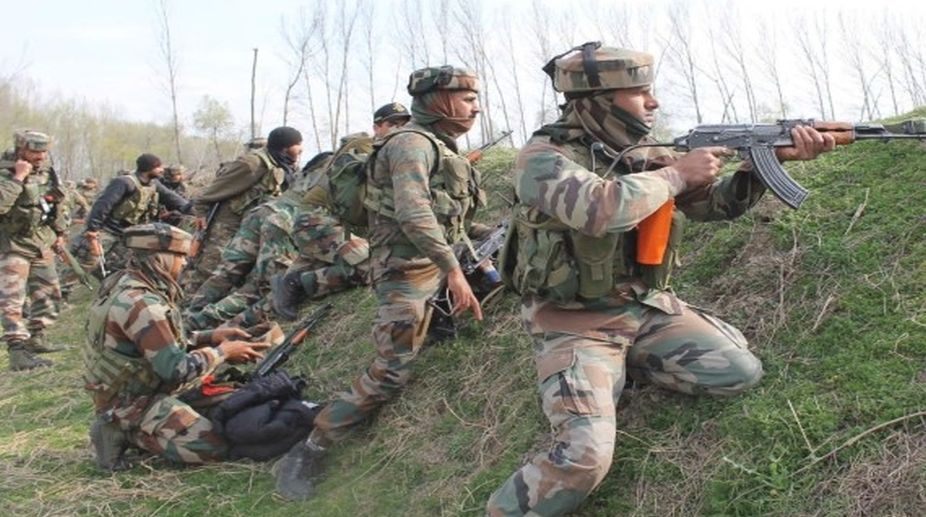DG CRPF calls on Assam CM
Director General of Central Reserve Police Force (CRPF), GP Singh, called on Assam Chief Minister Himanta Biswa Sarma at the latter's official residence here on Friday.

The decision of the leadership of the Central Reserve Police to induct 12,000 young troopers into its operations against Left Wing Extremists in Chhattisgarh is a belated realisation of a harsh military reality ~ youthful energies are critical to operational success.
In fact it projects the paramilitary in rather poor light for having ignored the lesson/example from the Army, which constantly strives to ensure a youthful profile for combat units.
Advertisement
Surely it did not require a high casualty figure to confirm that personnel in the 45-50 years age-group were the most vulnerable, and least effective, of those committed to the anti-Naxal operations.
Advertisement
The CRPF now has some 20,000 young men trained and ready for action. While Chhattisgarh is the immediate priority, other Naxal-infested regions will also be covered, then fresh deployment could be undertaken in the Kashmir Valley.
That induction will have to be undertaken professionally, for while young blood would certainly hone the cutting edge, experience and knowledge of ground conditions is also invaluable.
Striking a balance is critical to good leadership. Top officials now opine that more-elderly personnel will be re-deployed on less-demanding duties. Since the CRPF undertakes a wide range of duties it is difficult to understand why this focus on manpower-management was not brought to bear earlier, surely numbers were not a debilitating factor.
Comparisons with the Army would be easy, but unrealistic to implement. Soldiers retire after 18-20 years of service, and though that ensures the youthful profile, it also poses huge problems/pension bills since about 50,000 men shed olive green each year.
The paramilitary serve till 58 years of age, so obviously large sections of the force are grey. Unfortunately the government does not ~ or cannot afford to ~ provide matching service conditions.
The difference between olive-green and khaki is visible in so many spheres: creature comforts in working and living conditions, weapons and equipment, food, medical back-up and so on.
While soldiers/units have tenures in peace stations where they are re-trained the paramilitary is almost constantly on the go. The CRPF is clearly an overworked organisation, its officers deprived of the courses undertaken by their military counterparts to upgrade capabilities.
And yet the CRPF is almost as heavily committed as the Army, admittedly in less-lethal environments. Yet what makes internal security duties so taxing for both khaki and olive-green is the awareness that there is no miliary solution to core problems.
Alas, successive governments have made pathetic efforts at finding political, economic or social remedies to the cancers afflicting the nation’s innards. The politicians may talk about giving militants a bloody nose, breaking their backs and accuse sponsors.
Only the troopers know how vital it is to widen the divide between the local populace and their frustrated kin who have opted for the gun to secure what they think ~ perhaps mistakenly ~ constitutes justice.
Advertisement